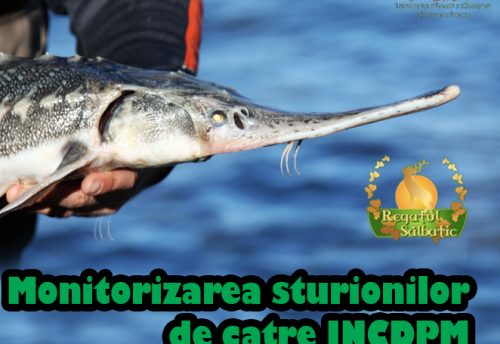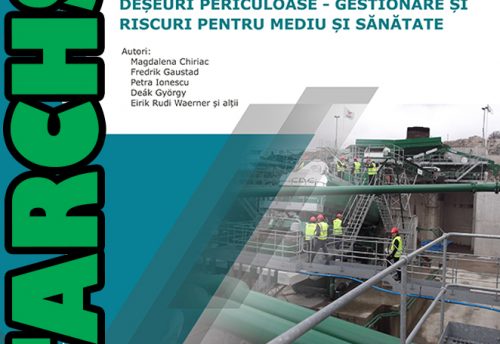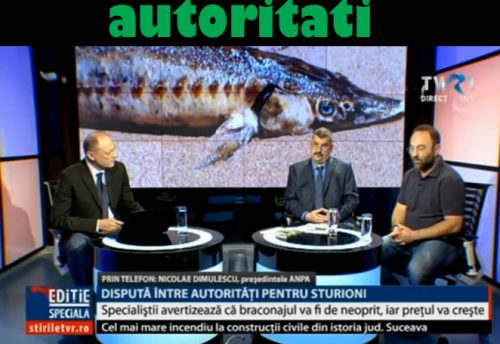The innovation addresses a hydrotechnical problem that shows up during the execution of the Bala bottom threshold (June 2013) in which experts from EGIS, BOKU and Deltares did not find viable engineering solutions.
INCDPM patented an engineering solution that would solve both the navigation problem, respectively the cooling water requirement for the Cernavoda nuclear power plant, as well as the continuity of the sturgeon migration routes.
During the execution of the bottom threshold, INCDPM carried out an intensive monitoring campaign through 2D and 3D bathymetry, flow measurement, testing the efficiency of fixed (DKTB) and floating (DKMR) monitoring stations, ensuring a continuously updated database. This intensive monitoring activity was carried out by stationing a pontoon at km 9.5, during May-October 2013, so that INCDPM experts can carry out ongoing investigation / research campaigns.
INCDPM paid particular attention to the research of sturgeon migration routes and their behavior in order to provide scientific arguments regarding the possible impact of the hydrotechnical construction in the Bala area.
In order to obtain scientific arguments, as well as a unique database worldwide (respecting the provisions of the Aarhus Convention) on sturgeon migration routes in the context of hydrotechnical constructions carried out in Bala and Gropeni areas, a considerable effort was made with Institute, an aspect that continues today in other projects.
As a result of the loss of control during the execution of the bottom threshold on the Bala branch, two pits were created in the area, the funnel effect formed generating a level difference of about 11 meters in favor of the Bala branch Versus the Old Danube.
Over the course of nine years, INCDPM experts have developed techniques, procedures for ultrasonic tagging and monitoring of wild sturgeons, using fixed and floating stations, as well as methods to reduce the risk of poaching. Thus, in 2018, a commission composed of international experts validated the unique database owned by INCDPM, as well as the techniques used. INCDPM is so far the only institution that has scientifically demonstrated that the bottom sill built at 0 MNC does not present a risk of interrupting the migration routes of ultrasonically tagged sturgeons.
This scientific argument, corroborated with the results obtained from the investigations regarding the behavior of ultrasonically tagged sturgeons, materialized by complex maps, led to the identification by INCDPM of a win-win solution that ensures both the navigation conditions and the migration routes of sturgeon.
The tests performed with the physical model confirm the expected results in the patented hydrotechnical solution, in terms of accelerating the self-dredging phenomenon. The physical model demonstrates the applicability of this patent based on the phenomenon of self-dredging, in the situation where there are level differences between the main riverbed and that of its branch. The experimentation time for the 3 variants (with openings of 50m, 70m, 140m) was the same: 60 minutes. The yields resulting from the tests performed for the three variants are of approximately 40%, which can evolve over time by accentuating the self-dredging phenomena.
After conducting small-scale experiments, the INCDPM team conducted a preliminary in situ experiment to test win-win self-dredging solutions, as well as changing water currents. The tests performed in situ, confirm the results obtained from the experiments performed on the physical model of the patented hydrotechnical solution, in terms of accelerating the self-dredging phenomenon.
The win-win hydrotechnical solution that solves the “problem” of the Bala branch, is the result of a series of multiannual researches, which supports the sustainable development of the Romanian Danube section.
György Deak, Danalache Tiberius, Marius Raischi- Sturgeon monitoring in Romania



